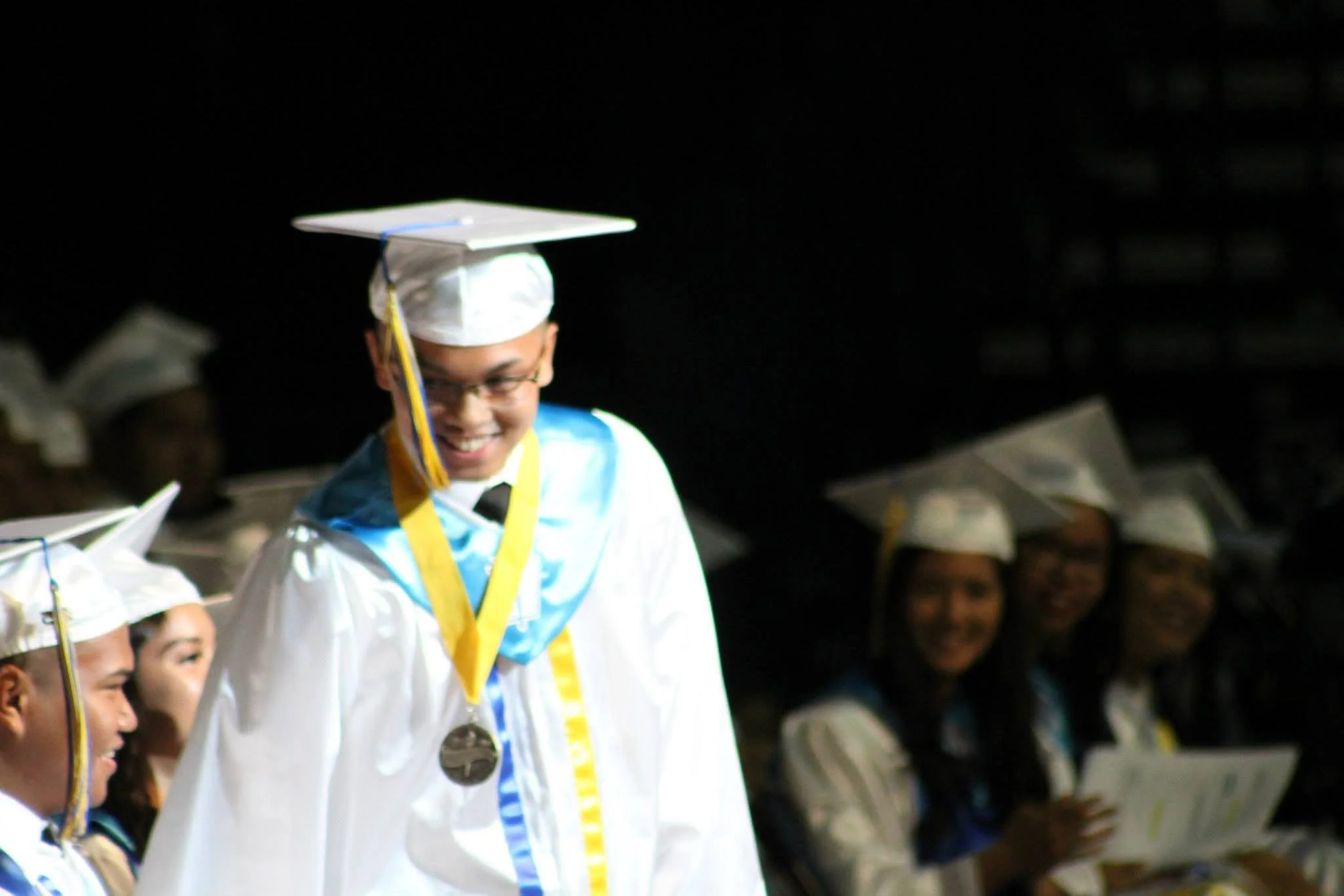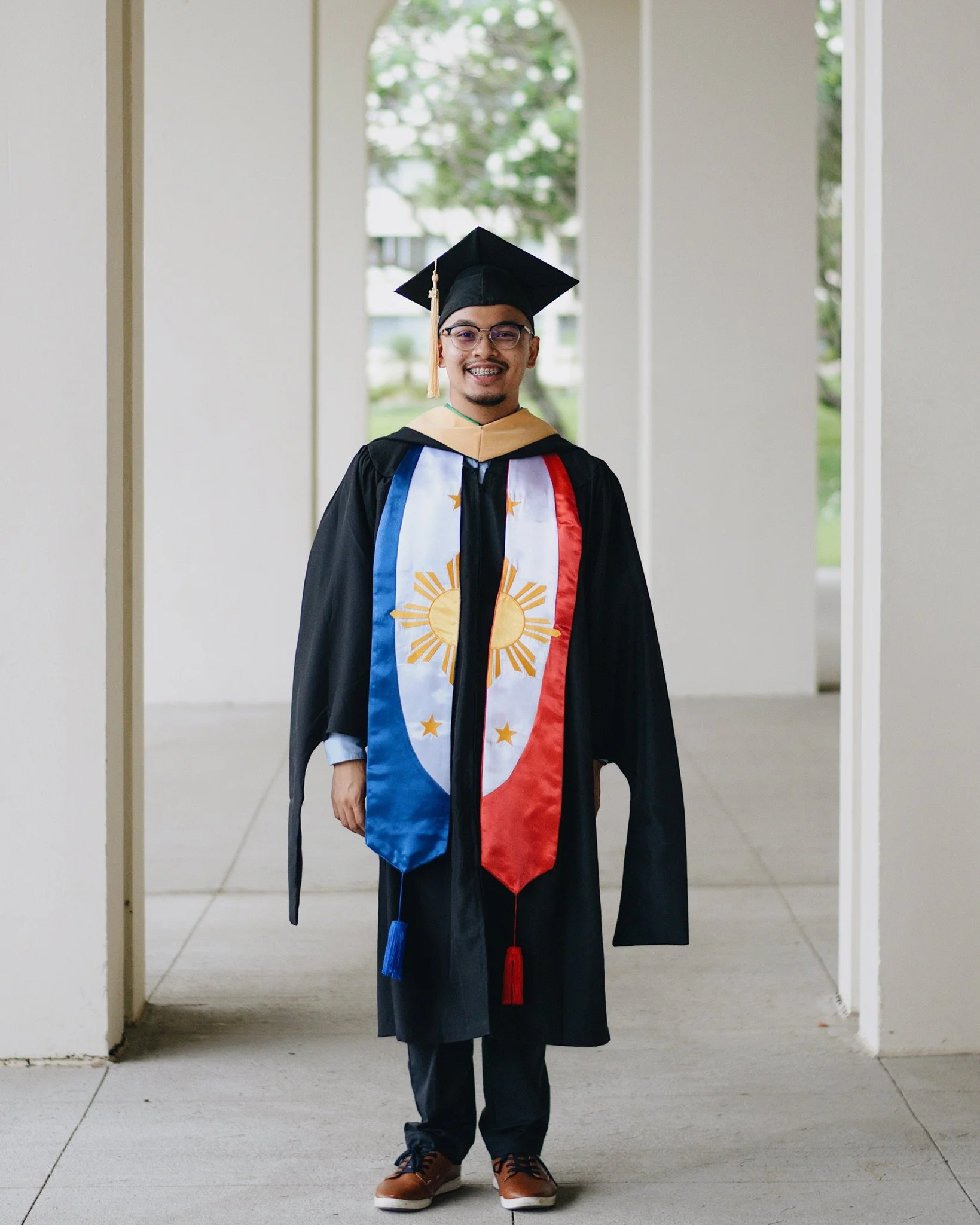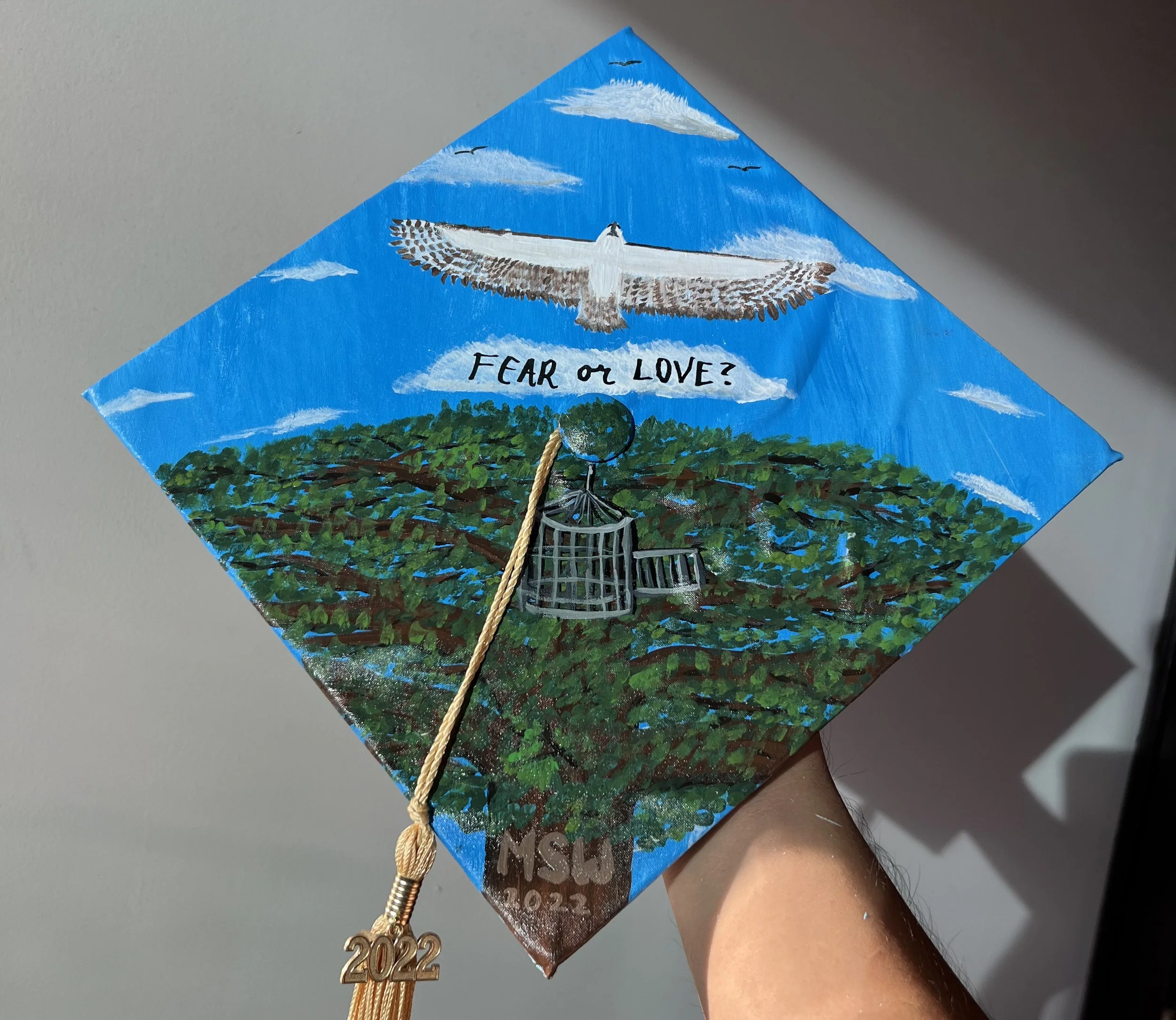From Cages to Wings: The Story Behind My Practice
The Cage: Where I Come From
I grew up in Waipahu, surrounded by hardworking families, loud kitchens, and quiet strength. As a second-generation Ilokano Filipino, I was shaped by deep care, colonial mentality, and unspoken expectations. These came through in stories, sacrifices, and silences.
The cage in my life wasn’t just confinement. It was a container. It gave me structure and helped me survive. I learned how to show up, work hard, and take care of everyone but myself.
I also learned how to perform. I chased perfection and approval. Valedictorian. A “safe” career. Always doing the most to feel enough. As a gay man, I became skilled at shape-shifting to stay acceptable. I wore excellence like armor.
When I left for college, I carried that armor with me. I pushed myself to succeed and hold it all together. Eventually (as Gen Z would call it) I crashed out. That’s when I found therapy. Not to fix myself, but because I was tired. Tired of performing. Tired of being everything for everyone. Tired of the pressure I kept placing on myself.
Some cages were built by systems like racism, colonialism, and capitalism. Others I built myself, out of fear and protection. At some point, they stopped fitting.
I needed space to breathe. I needed to return to myself.
I needed to grow my wings.
Where the Cage Opens: Why I Do This Work
I do this work because I’ve lived the complexity of holding identities that don’t always seem to fit together.
Gay. Filipino. Cisgender male. Eldest. Raised religious. Social worker.
I was shaped by value systems that clashed. By spaces where mental health was taboo. By expectations that taught me to stay quiet, stay strong, and keep going.
Growing up Filipino in Hawai‘i, within the Ilokano diaspora and under the ongoing legacy of American imperialism, I rarely saw people who looked like me in this field. Mental health work didn’t always feel like it was for us. And still, I felt the urgency of it in my body. I wanted to understand what I was carrying, and why so many of us carried it silently.
For a long time, I didn’t have language for what I was holding. Then I started meeting people—clients, mentors, chosen family—who looked like me and lived in the same in-between. They reminded me that healing isn’t about erasing parts of ourselves. It’s about returning to what was always there underneath.
Becoming a therapist has been a path of reconnection. Learning to hold myself with care so I can hold space for others. Learning that the cage wasn’t failure. It was a pattern I could outgrow.
Even now, I still find myself returning to old cages. But I now know how to meet them with compassion. I know how to choose wings again. And again. And again.
The Wings: What This Practice is Becoming
Cages to Wings Wellness began as a vision. A space for the strong but tired. The overachievers. The caretakers. The ones who never got to fall apart.
It came from my own need for healing that felt real. A space where queerness, culture, grief, silence, and voice could all coexist. Where healing didn’t mean abandoning where I came from, but choosing what still serves me now.
The name Cages to Wings is deeply personal. During college, I was deeply moved by the song “Louder Than Words” from Tick Tick... Boom! by Jonathan Larson. The lines that stuck with me were:
Cages or wings? Which do you prefer? Ask the birds. Fear or love, baby? Don’t say the answer. Actions speak louder than words.
Those words said everything I had been holding. The tension between survival and freedom. The invitation to move from fear into love. The reminder that change is not about saying the right thing, but living into something new.
I painted a picture of a cage and wings on my graduation cap. It wasn’t just decoration—it was declaration. I didn’t know it at the time, but that image would later become the name of my practice.
The name Cages to Wings holds that entire journey.
Not cages or wings, but cages to wings.
That “to” matters. It speaks to movement, transition, and the very real work of becoming.
I found similar echoes in Maya Angelou’s I Know Why the Caged Bird Sings. Her words reminded me that even when we are held back, silenced, or unseen, we still have voice. We still have longing. We still have something sacred inside us that knows how to rise.
In my work—whether in hospice, in schools, in care coordination, in therapy, or through my own family’s legacy of caregiving—I’ve seen how many people are giving everything they have, quietly burning out in systems that rarely give back. In Hawai‘i, where care is often generational and unspoken, we hold so much without pause.
We live in a world that demands our productivity, our compliance, our silence.
But healing asks something different.
What would it mean to choose love over fear?
To choose freedom over performance?
To choose wings—again and again?
This practice started with therapy. But it’s growing into something more. A space for mentorship. For community care. For collective healing.
For now, this is the beginning.
The wings are still unfolding.
If something in this story resonates with you, I’d be honored to hold space for whatever you’re carrying.


